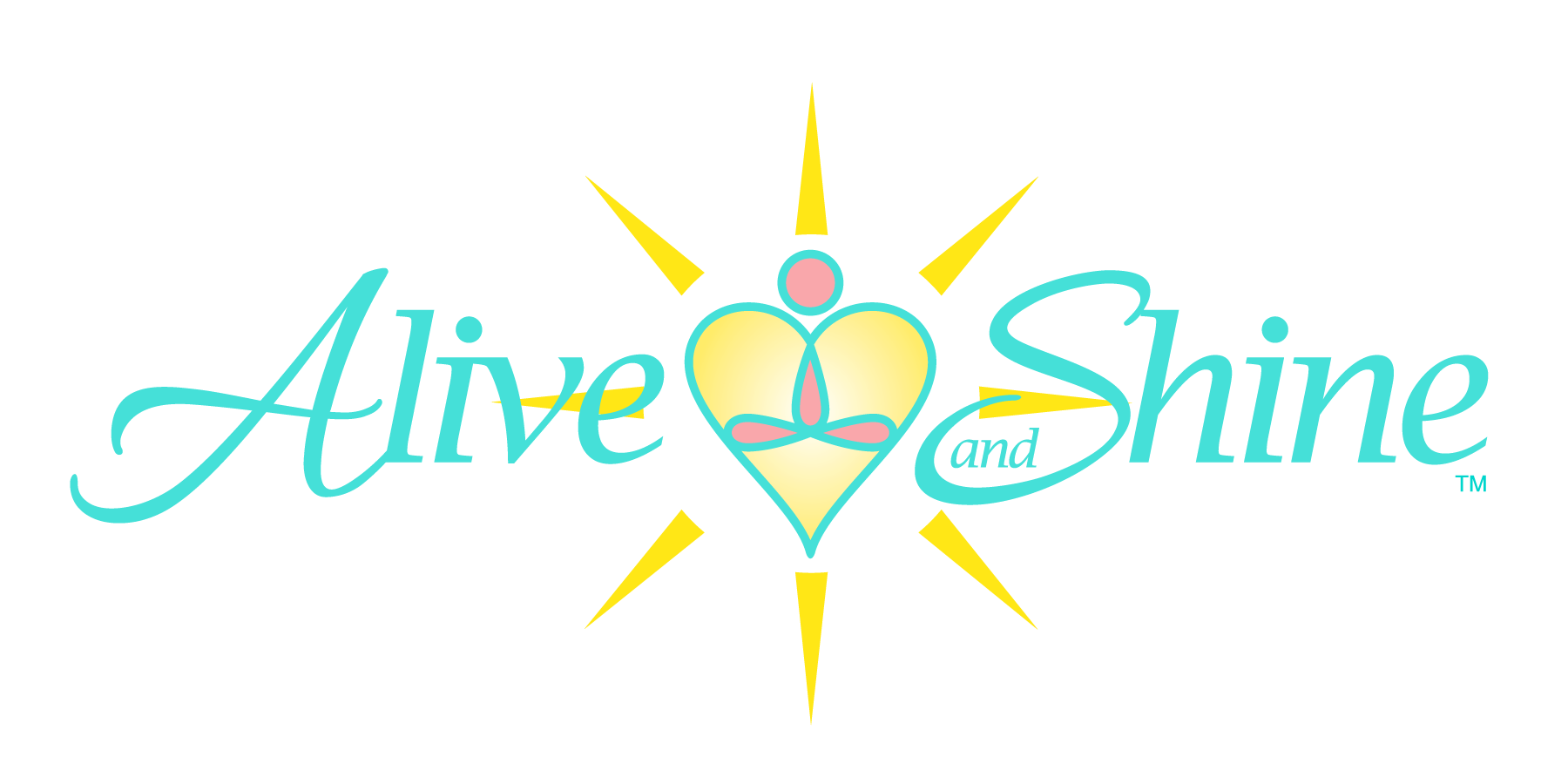
Yoga for Sport Enthusiasts, Runners, Hikers and Bikers
When winter’s warm romantic fireplaces have finally been extinguished and the heat of summer arrives, many of us run outside and do active things we haven’t done in eight or nine months: hike, bike, water ski, and play baseball. Little wonder that the offices of physical therapists are so busy in the summer months.
Gratefully, we have our yoga practice which becomes crucially important during these months of increased activity. By keeping our bodies flexible and strong, we are more likely to enjoy ourselves and far less likely to injure ourselves while making the annual hike up Mount Rainier, swinging that golf club, or playing with the kids at the family’s cabin. The purpose of yoga is to make all the parts of our body work harmoniously so that we function at our best and don’t injure ourselves. After all, most injuries are caused by demanding your muscles and joints to do what they aren’t ready to do! Therefore, more yoga means more readiness.
One of our instructors, John Davie, was asked last summer if he would like to climb Mount Rainier. The plan was to hike up to camp Muir (about 10,000 feet elevation) and back in one day. Though John had never hiked in his life, he agreed. John and his friends hiked up and then ran all the way down. In the Paradise parking lot, John did 30 minutes of yoga before driving home. The next day, he didn’t experience any sore muscles – even calf muscles – with the exception of one sore muscle on his rear end on which he had fallen while running down the mountain!
Tense, hard muscles impair blood flow and hence restrict oxygen and nutrients from reaching the cells. Yoga releases these muscles and this is why millions have embraced yoga. Most of us have chronically tight hamstring muscles, a result of years of sitting. Yet, when we try to stretch these muscles in conventional ways before running or hiking, we risk straining or injuring our lower back. Yoga has a wonderful pose (<I>Supta Pandangustasana<I>) that releases your hamstring muscles without putting your lower back at risk. In fact, on the contrary, this pose relieves lower back pain! This pose is particularly valuable for bikers and hikers and others who tighten and harden the hamstrings. Similarly, Yoga has safe stretches and strengtheners for all the body’s muscles.
Unlike normal exercise, yoga tones not only the muscular-skeletal system but also the internal organs and the nervous system. Our nervous system allows us to feel, and come in contact with the deeper aspects of ourselves. Therefore, our happiness depends on the health of our nervous system, for it forms the connection between mind and body. Yoga gives a complete workout without rattling our nerves, and instead nourishes and calms them. This explains the key difference between fitness and health. Fitness is how we look on the outside, our appearance, the form. Fitness is mostly superficial and seldom an indicator of inner peace. Health is about the inside, the functioning of our bodies, and our ability to fend off illness and disease and live contented and fulfilling lives. The healthier we are the more relaxed and peaceful we feel, the more bright and lucid our mind, and the more stable our emotions. We seldom get upset or angry and we feel a life-balance between effort and contentment. Thankfully, Yoga is geared toward overall health, not mere fitness.
© Aadil Palkhivala 2008
